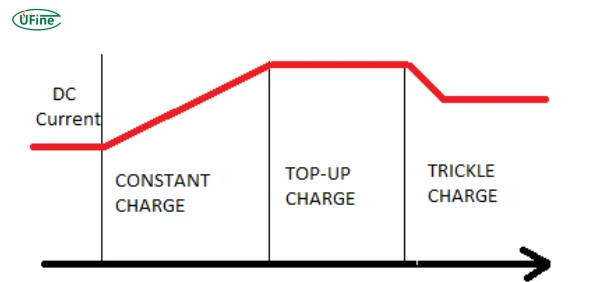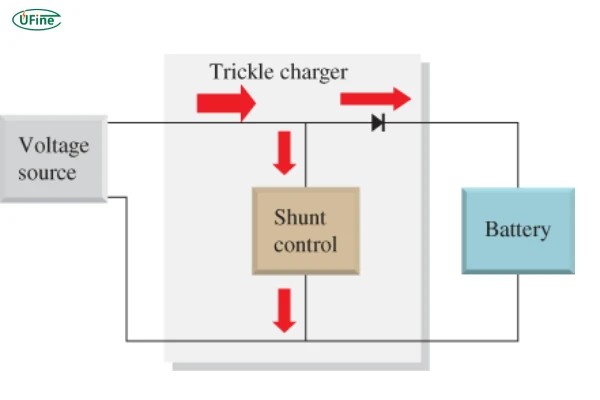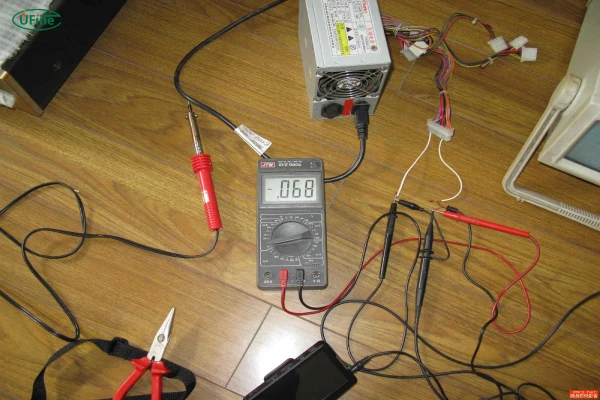For RVers, sailors, and overlanders who aren’t on the road full-time, storing batteries for extended periods can be a major concern. Without proper maintenance, batteries can lose capacity, leaving you stranded when you’re ready to hit the road or set sail again. This is where trickle chargers come in—a simple yet powerful tool that can maintain your batteries during storage and ensure they’re ready to go when you are.
But what exactly is a trickle charger? How does it work, and how long should you leave your batteries connected to one? In this guide, we’ll explore the science behind trickle chargers, their benefits, and how to use them effectively to keep your batteries in peak condition.
Part 1. What is a trickle charger?
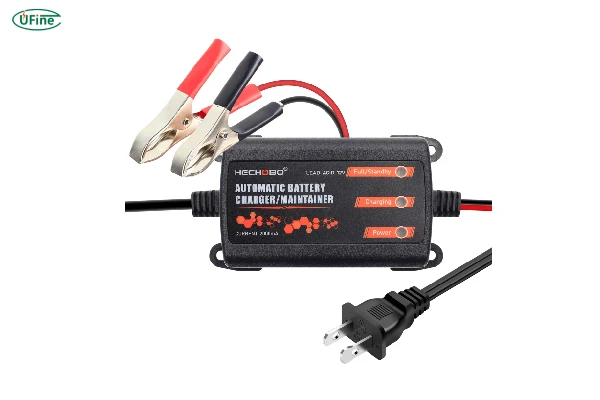
A trickle charger is a device designed to maintain your battery’s charge over long periods of storage. Batteries naturally self-discharge over time, even when not in use, which can lead to a dead battery when you need it most. Trickle chargers solve this problem by providing a slow, steady stream of power to keep your battery topped off.
Key Features of Trickle Chargers:
-
Low amperage output (typically 1-3 amps)
-
Easy to use with simple connections
-
Affordable, with prices ranging from 35to 100
-
Available in manual and automatic models
Trickle chargers are commonly used for car batteries, but they’re also highly effective for deep-cycle batteries found in RVs, boats, and solar power systems.
Part 2. What does a trickle charger do?
A trickle charger, also known as a battery maintainer, supplies just enough power to counteract a battery’s natural self-discharge. It emits a low current of 1-3 amps, which is enough to keep your battery at full charge without overcharging it.
How It Works:
-
The charger connects to a power source and your battery via positive and negative cables.
-
It delivers a small, constant current to the battery.
-
Automatic models monitor the battery’s charge level and adjust the current to prevent overcharging.
This process ensures your battery remains fully charged and ready for use, even after months of storage.
Part 3. Trickle charging vs. fast charging: which is better?
The answer depends on your battery type and usage scenario.
Trickle Charging
-
Best For: Long-term storage and maintenance
-
Benefits: Prevents overcharging, extends battery life, and maintains optimal charge levels
-
Drawbacks: Slow charging speed (not ideal for quickly charging a depleted battery)
Fast Charging
-
Best For: Quickly charging a depleted battery
-
Benefits: Fast and efficient
-
Drawbacks: Can generate heat and stress the battery, potentially reducing its lifespan
For lead-acid batteries, fast charging can cause overheating and off-gassing, which may damage the battery. Trickle charging is a safer option, as it delivers power slowly and prevents these issues.
Lithium batteries, on the other hand, are more tolerant of fast charging. However, trickle charging is still beneficial for long-term storage, as it ensures the battery remains at full charge without overcharging.
Part 4. When should you use a trickle charger?
Trickle chargers are ideal for situations where your batteries will be in storage for extended periods. Here are some common scenarios:
1. Seasonal Vehicles
If you’re storing an RV, boat, or motorcycle for the winter, a trickle charger can keep the battery fully charged and ready for use when the season changes.
2. Backup Power Systems
Batteries used in solar power systems or emergency backup setups often sit idle for long periods. A trickle charger ensures they’re always ready to perform when needed.
3. Infrequently Used Equipment
Batteries in tools, generators, or other equipment that’s used sporadically can benefit from trickle charging to prevent self-discharge.
4. Cold Weather Storage
Batteries are more susceptible to damage when fully discharged in cold temperatures. A trickle charger can prevent this by maintaining a full charge.
Part 5. How to use a trickle charger correctly?
Using a trickle charger is simple, but following the right steps ensures safety and effectiveness.
Step 1: Choose the Right Charger
Select a trickle charger compatible with your battery type (lead-acid, lithium-ion, etc.) and voltage (12V, 24V, etc.).
Step 2: Connect the Charger
-
Attach the positive (red) clamp to the battery’s positive terminal.
-
Attach the negative (black) clamp to the negative terminal.
Step 3: Plug In the Charger
Connect the charger to a power outlet and turn it on. For automatic chargers, the device will begin monitoring and charging the battery.
Step 4: Monitor the Charging Process
While most trickle chargers are automatic, it’s a good idea to check the battery periodically to ensure everything is working correctly.
Step 5: Disconnect the Charger
Once the battery is fully charged, unplug the charger and remove the clamps.
Part 6. How do I know if my device is trickle charging?
Identifying whether your device is trickle charging is essential to ensure your battery is being maintained properly.
Signs Your Device Is Trickle Charging
-
Low Current Output: Trickle chargers typically deliver 1-3 amps. Use a multimeter to measure the current if unsure.
-
Automatic Shutoff: Many modern trickle chargers reduce or stop charging once the battery is full.
-
LED Indicators: Some chargers have lights that change color or turn off when charging is complete.
Part 7. How do I tell if the charger is a trickle charger?
Not all chargers are clearly labeled, so it’s important to know how to identify a trickle charger.
Key Features of a Trickle Charger
-
Low Amperage: Look for a charger that delivers 1-3 amps.
-
Automatic Functionality: Many trickle chargers are “smart” and adjust the charging process automatically.
-
Compact Design: Trickle chargers are often smaller and more portable than regular chargers.
Checking the Label
Look for terms like “trickle charger,” “battery maintainer,” or “float charger” on the product label or manual. These indicate the charger is designed for slow, steady charging.
Part 8. Does a trickle charger fully charge a battery?
Yes, a trickle charger can fully charge a battery, but it will take a long time. For example, a 1-amp trickle charger will take 100 hours to charge a dead 100Ah battery.
When to Use a Regular Charger:
If your battery is completely dead or has a low charge, use a regular charger to bring it up to speed quickly. Once the battery is partially charged, you can switch to a trickle charger for maintenance.
Part 9. How long should you leave a trickle charger on a battery?
Trickle chargers are designed to stay connected to your battery for long periods, even indefinitely. Automatic or “smart” trickle chargers are particularly convenient, as they adjust the charging current to prevent overcharging.
Pro Tip: If you’re storing your battery for several months, an automatic trickle charger is the best option. It ensures your battery stays fully charged without requiring constant monitoring.
Part 10. Can a trickle charger save a battery?
Absolutely! Trickle chargers are lifesavers for batteries in long-term storage.
Benefits of Using a Trickle Charger
-
Prevents Over-Discharging: Batteries should never be fully drained, as this can cause permanent damage. Trickle chargers keep them at optimal charge levels.
-
Protects Against Cold Weather: Fully discharged batteries are more vulnerable to damage in cold temperatures. A trickle charger ensures your battery stays charged and healthy.
-
Extends Battery Life: By maintaining a full charge, trickle chargers help prolong your battery’s lifespan.
Part 11. FAQs
1. Can I use a trickle charger on a lithium-ion battery?
Yes, but ensure the charger is compatible with lithium-ion batteries and follows the manufacturer’s guidelines.
2. How long can I leave a trickle charger on a battery?
Most modern trickle chargers are automatic and can be left connected indefinitely without overcharging the battery.
3. Is trickle charging safe for all battery types?
Trickle charging is safe for most battery types, including lead-acid and lithium-ion, as long as the charger is compatible.
4. Can a trickle charger revive a dead battery?
Trickle chargers are not designed to revive completely dead batteries. For severely depleted batteries, a regular charger or professional service may be required.
5. What is the difference between a trickle charger and a maintainer?
A trickle charger provides a constant low current, while a maintainer monitors the battery’s voltage and adjusts the charging process accordingly.
Related Tags:
More Articles
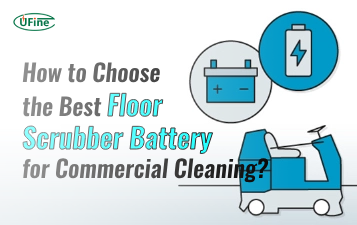
How to Choose the Best Floor Scrubber Battery for Commercial Cleaning?
Selecting the ideal floor scrubber battery ensures a long runtime, rapid charging, and minimal maintenance for efficient commercial cleaning operations.
Battery for Blower vs Battery for Leaf Vacuum: Which One Should You Choose?
Battery for blower vs leaf vacuum—learn the key differences in power, fit, and runtime to choose the right battery for your outdoor tool needs.
How to Choose the Right Battery for Blower?
Choosing the right blower battery? Consider voltage, capacity, chemistry & usage. This guide helps match the best battery for peak performance.
How to Choose the Best Insulated Battery Box for Lithium Batteries?
Choosing the Best Insulated Battery Box for Lithium Batteries? Discover key factors such as size, material, and safety for optimal protection and performance.
7 Critical Elements on a Lithium Battery Shipping Label
What must be on a lithium battery shipping label? Learn 7 key elements to ensure safety, legal compliance, and correct handling across all transport modes.
